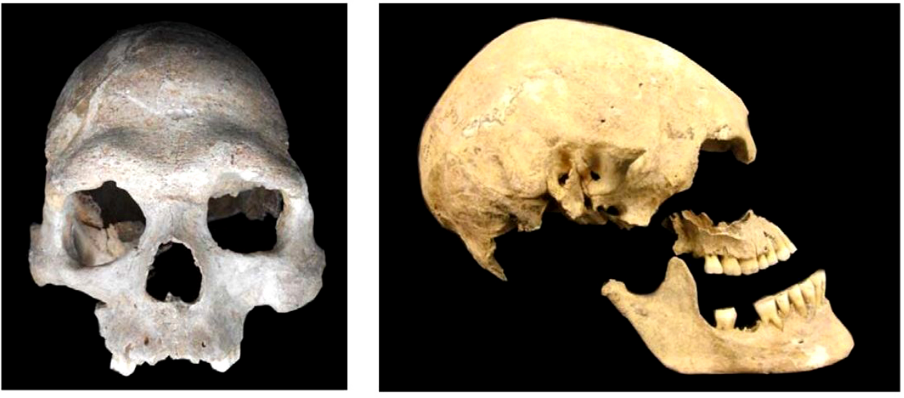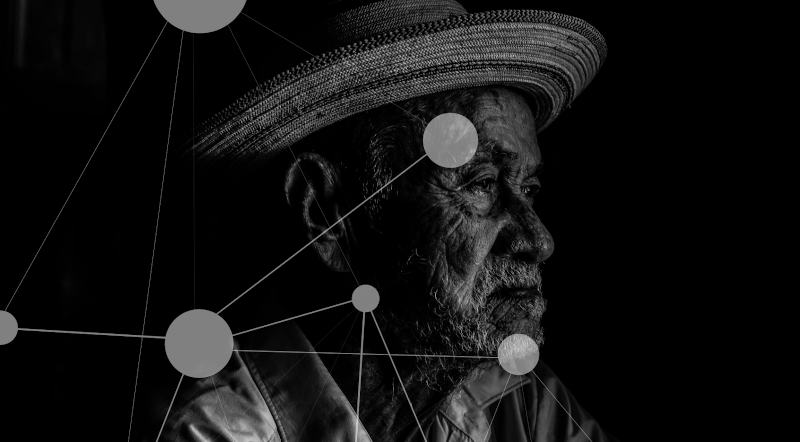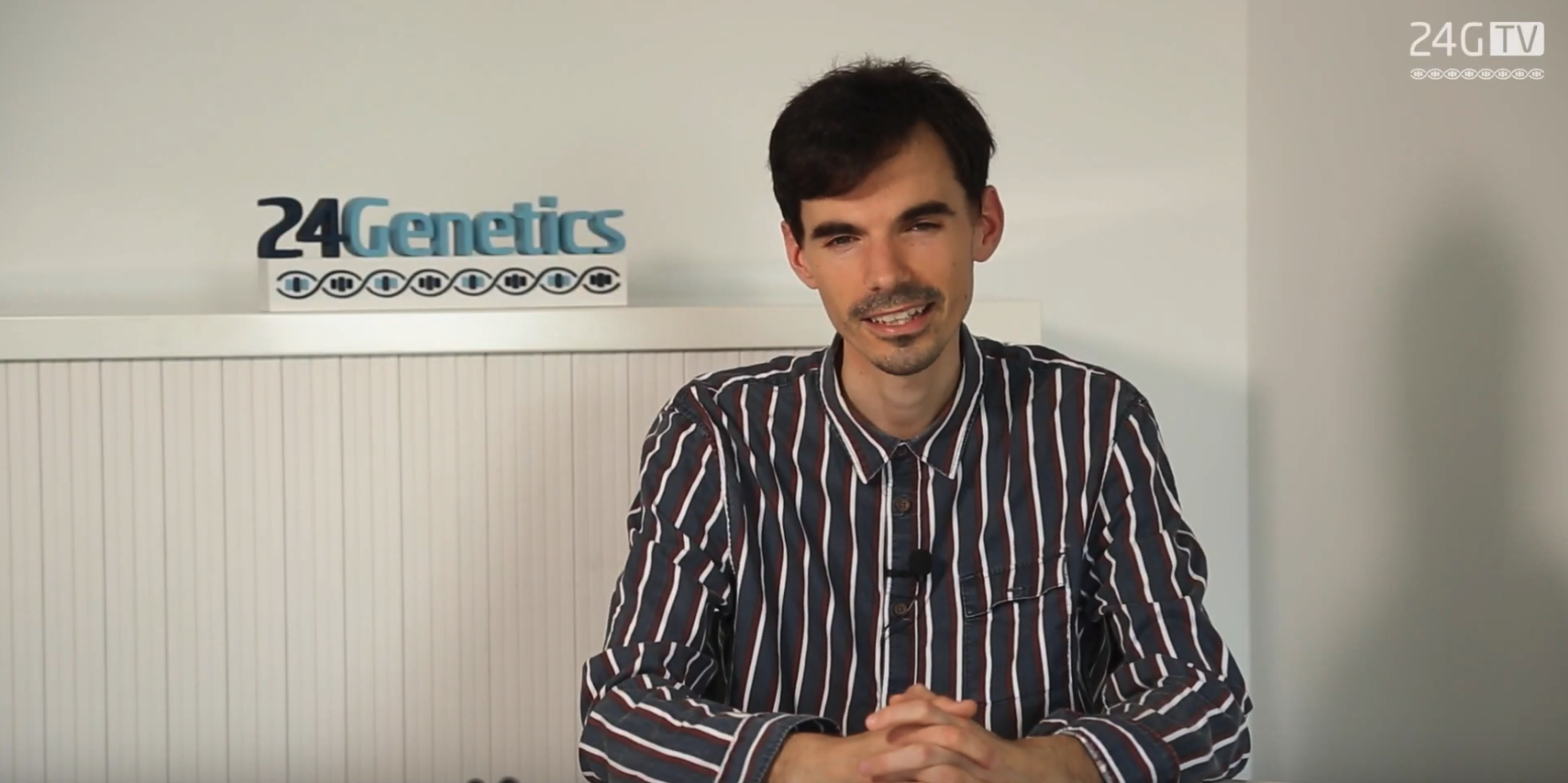Most of us living in the world today come from what was once a relatively small population. The past 200 years, and more and more today, this exciting fact has piqued the curiosity of many people. We like to know what regions we come from and where our previous generations lived. The DNA we carry is marked by a great diversity of places where our ancestors have settled, as well as by different historical episodes.
History in our genes
A great variety of fragments of your genetic material stores a vast amount of information about your origins: it's like a backup copy that the human species has stored safely in our genes. If we stop to think about it, it makes a lot of sense, given that it is one of the keys to our evolution. So, for example, the great pandemics of human history, such as the Great War famine, are in our DNA. And, of course, the current pandemic will also leave traces in our DNA. So we can say that this information stored in our genes becomes a survival mechanism of the species itself.
European ancestors
But going back to the history of humanity, and taking advantage of the fact that 24Genetics is a European company, let's review some interesting facts about the old continent. More than seven thousand years ago, there were practically only three populations in this region:
- Communities of hunter-gatherers, which would constitute the original population from which most Europeans descend.
- Siberian communities, related to Eurasia
- And the first farming populations, which in reality also descended from the hunter-gatherer community, as described in an interesting genetic study (1).

Ilustration 1. Lazaridis, I., et al.
Exogamy
But if we go back even a few thousand years, we can find indications of how Neanderthal communities interbred with Sapiens communities. And populations of non-African origin would be the result of such admixture (2).
HapMap a research
As you can see, the work of genetics in the search for our origins is fundamental. New research projects constantly appear worldwide that provide valuable information about our roots, all of them of great importance and scientific solvency. One of the most famous studies to date has been the HapMap project, which carried out in 2002 as one of the most extensive investigations into the variability of human genetics and how it is modulated in the different populations that inhabit the earth. This project has had and continues to impact disease research or drug response considerably. (3,4,5)
In the 24Genetics ancestry study, we analyze more than 1,500 regions worldwide, making it one of the most extensive reports on the market. We analyze dozens of generations before you, giving you a historical map that goes back more than seven hundred years. Come and find out where in the world your DNA lived. Order your test here
|
Watch Video clicking on the image |
|
|
Bibliography
- Lazaridis, I., et al. Ancient human genomes suggest three ancestral populations for present-day Europeans. Nature 513, 409–413 (2014). https://doi.org/10.1038/nature13673
- Sankararaman, S., et al. (2014). The genomic landscape of Neanderthal ancestry in present-day humans. Nature, 507(7492), 354–357. https://doi.org/10.1038/nature12961
- National Human Genome Research Institute, (2021). https://www.genome.gov/acerca-del-proyecto-internacional-hapmap#al-1
- The International HapMap Consortium., Genotyping centres: Perlegen Sciences., Frazer, K. et al. A second generation human haplotype map of over 3.1 million SNPs. Nature 449, 851–861 (2007). https://doi.org/10.1038/nature06258
- Mahajan, A., et al .(2014). Genome-wide trans-ancestry meta-analysis provides insight into the genetic architecture of type 2 diabetes susceptibility. Nature genetics, 46(3), 234–244. https://doi.org/10.1038/ng.2897


